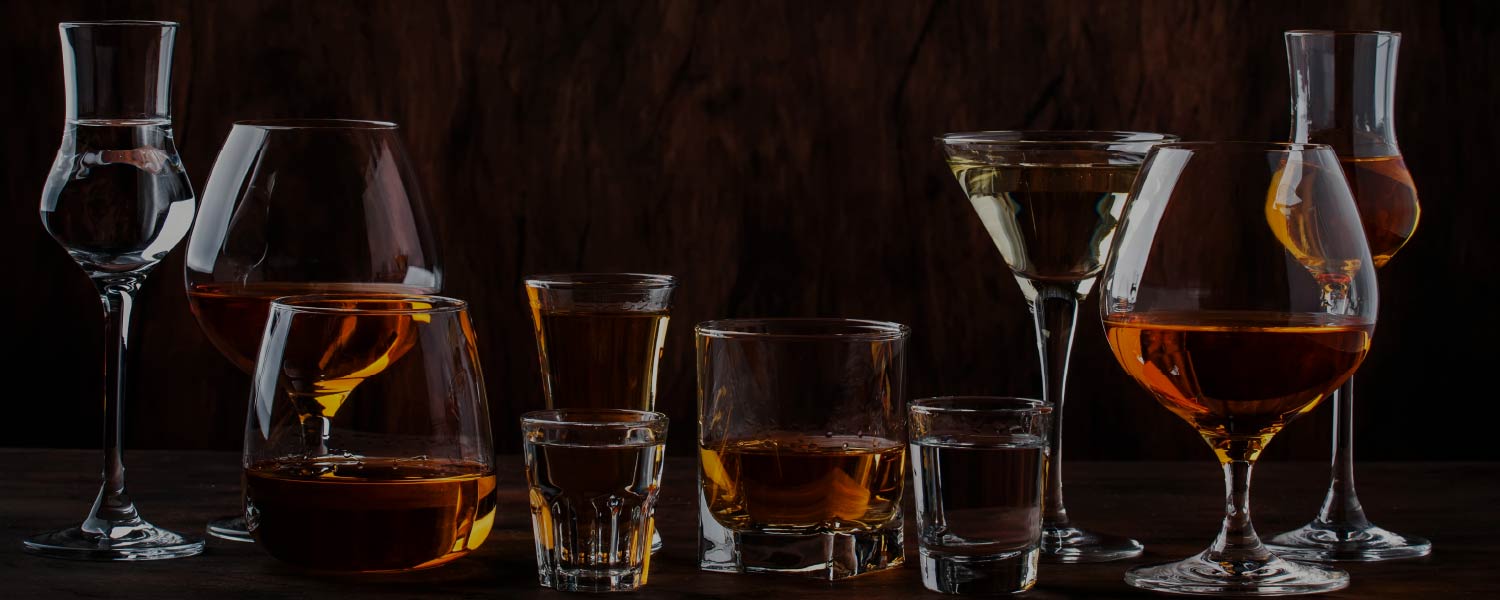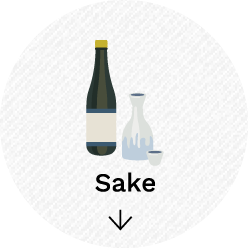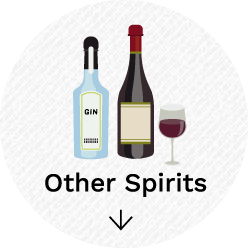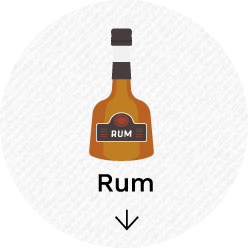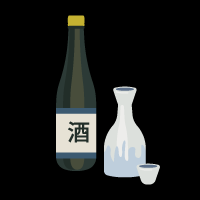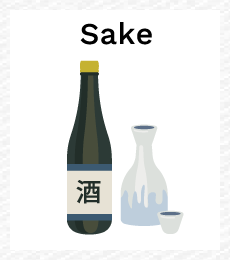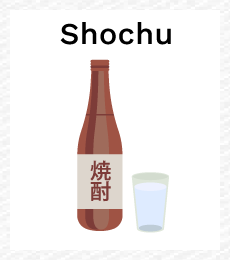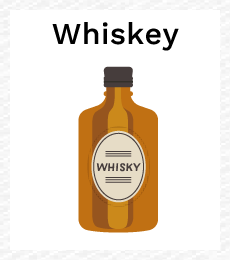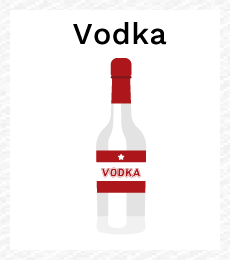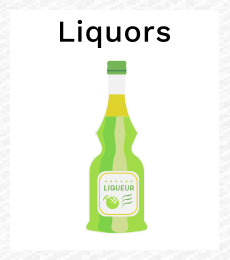Due to their similar names and appearances, shochu is often confused with the Korean spirit, soju. However, there are some significant differences between the drinks.
The biggest difference between shochu and the majority of modern soju is the distillation method. While shochu distillation uses a pot still, the majority of soju is “diluted soju,” which is thoroughly distilled in a column still. This results in a difference in the flavor of these drinks as well. While shochu takes its flavor from its base ingredients, soju retains little to no flavor of its base ingredient. Instead, it has a light and clean taste from various purifying processes and flavor additives.
Another difference is the use of a single type of base ingredient or a mix of various raw materials. Shochu production usually uses one type of base ingredient, whether it is sweet potatoes, barley, or rice. Conversely, the majority of soju comes from a mixture of raw materials such as rice, barley, and corn. Like distillation methods, this also causes a difference in the flavor profile between shochu and soju. Lastly, shochu has a higher alcohol content at 25-35% abv while soju is usually at 15-25% abv.
The traditional type of soju, or “pot-distilled soju,” only 0.2% of the total soju production, has more similarities to rice shochu. The main difference between the two lies in the production method, particularly the type of koji and koji mold used. Shochu production exclusively uses the Aspergillus family of koji mold that is primarily grown on grains of steamed rice. Aspergillus koji mold can also grow on barley or sweet potatoes, used for specific types of shochu. On the other hand, traditional soju is made with nuruk. Nuruk is a cultivation of a mixture of various microorganisms, including Rhizopus, Aspergillus, Absidia families of koji mold, and yeast, on a crushed grain pounded into a disc or block shape.


